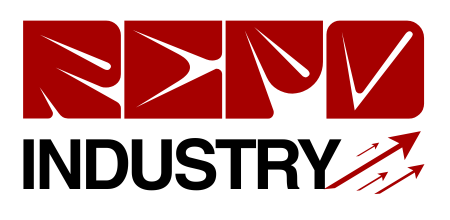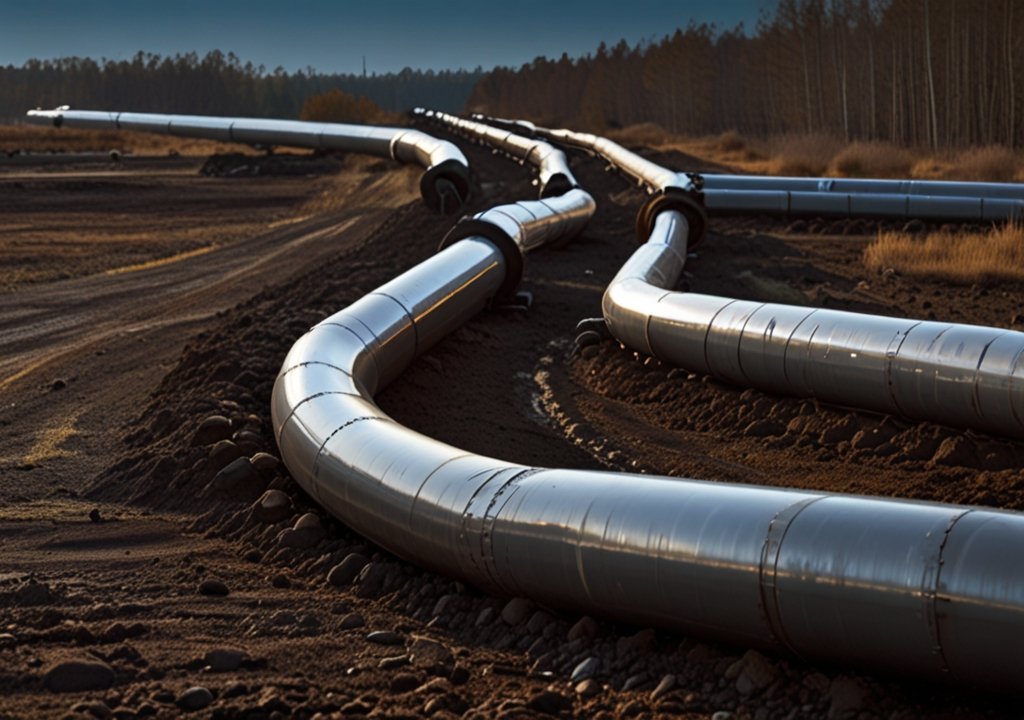Key Takeaways
- Understanding pipeline maintenance is crucial for safety and efficiency.
- Technological advancements are shaping the future of pipeline integrity.
- Choosing the right maintenance techniques can prevent costly damage.
The Critical Role of Pipeline Maintenance
Pipelines are the uncelebrated heroes of modern infrastructure, forming a vast network that transports essential liquids and gases over continents. The importance of maintaining these pipelines cannot be overstated, as they form the backbone of our energy and utility supplies. Proper maintenance helps avert disastrous leaks and breakages, which can lead to environmental degradation and hazardous conditions. Utilizing services like pipeline pigging service is one of the ways operators ensure their systems stay clean and free from blockages, contributing to both operational integrity and environmental safety.
Beyond safety, regular maintenance of pipelines is a key factor in optimizing the flow and reducing the chances of costly downtime. These efforts ensure that resource transportation is both effective and efficient, keeping the markets stable and supply chains reliable. Inaccurate maintenance, on the other hand, can lead to substantial economic and ecological consequences.
Technologies Transforming Pipeline Integrity
The 21st century has brought with it a plethora of technological advancements that are revolutionizing the field of pipeline maintenance. Cutting-edge technologies, such as smart sensors, now enable operators to gather real-time data about pipeline conditions from afar. These sensors can identify changes in pressure, temperature, and more, allowing for immediate corrective measures. Furthermore, unmanned aerial vehicles, or drones, have become an invaluable tool for inspecting pipelines in remote or difficult-to-reach locations. Collectively, these technologies contribute significantly to proactive and predictive maintenance.
According to a Forbes article, the integration of machine learning and data analytics advances the ability to predict failures before they occur, reducing disruptions and enhancing the longevity of the pipelines. Such technological innovations are driving a new era in pipeline management focused on safety, efficiency, and sustainability.
Common Challenges in Pipeline Maintenance
Despite technological advances, pipeline maintenance still encounters significant challenges. Corrosion remains a persistent problem that can lead to the weakening of the pipeline structure over time. Mechanical damage, whether from natural disasters or human error, also poses substantial risks. Additionally, the vast and often remote locations of pipelines create logistical challenges for maintenance teams trying to perform timely checks and repairs.
Addressing these challenges requires a comprehensive approach. Deployment of advanced pipeline inspection gadgets and adopting best practices in maintenance schedules are essential to mitigate these issues. Implementing effective solutions involves coordination among multiple stakeholders, including engineers, environmental scientists, and the companies that own the pipelines.
Environmental and Economic Impacts
Pipeline maintenance does not only impact the operational aspects of energy transportation but also plays a vital role in the environmental and economic spheres. Well-maintained pipelines minimize the risk of leaks that could lead to catastrophic environmental damage. The continuous flow without interruptions minimizes the carbon footprint associated with energy extraction and distribution, thus promoting more sustainable practices.
Economically, efficient maintenance routines translate to reduced operating costs and prevent the economic losses that can arise from pipeline interruptions or failures. By ensuring consistent delivery of energy and resources, pipeline companies can maintain pricing stability and reinforce consumer confidence in energy infrastructure.
Preventive Strategies for Pipeline Management
Preventive maintenance strategies form the cornerstone of effective pipeline management. These strategies are designed to identify potential problems before they cause significant disruptions, thus saving costs and enhancing safety. Regular diagnostic checks, coupled with the use of sophisticated tools like intelligent pigs, which can detect anomalies within pipelines, are crucial in maintaining pipeline integrity.
Moreover, integrating predictive maintenance supported by data analytics enables the anticipation of issues even before any symptoms arise. This foresight can drastically reduce the occurrence of unexpected failures, showcasing a proactive approach instead of a reactive one.
Effective Practices in Pipeline Maintenance
- Routine checks and diagnostics to prevent minor issues from escalating.
- Deployment of smart sensors for continuous real-time monitoring.
- Implementation of advanced leak detection systems.
- Utilization of analytics for data-driven predictive maintenance.
Case Studies of Effective Pipeline Maintenance

Several industry leaders have implemented innovative maintenance programs, providing invaluable case studies worthy of emulation. These companies employ state-of-the-art technologies and adhere to strict maintenance schedules, dramatically reducing incident occurrence. Their experiences underscore the importance of a comprehensive and sustained commitment to pipeline integrity.
Through these real-world applications, the industry gains insight into the practical advantages and cons associated with various maintenance strategies, reinforcing the importance of staying ahead in technology and practice.
Legislative and Regulatory Considerations
Regulatory frameworks play a pivotal role in shaping pipeline maintenance strategies. These legal provisions ensure that pipelines operate within safety guidelines designed to protect both public health and the environment. Compliance with these regulations is not only a legal obligation but also a moral imperative for companies committed to responsible operations.
Legislation often evolves alongside technological advancements, necessitating that pipeline operators remain informed about changes to ensure continued compliance and risk mitigation.
Conclusion: Building a Safer and More Efficient Pipeline Future
As we navigate the complexities of pipeline maintenance in today’s world, the pivotal role of innovation and adherence to best practices becomes unmistakably clear. Harnessing the power of new technologies, regulatory compliance, and preventive strategies is essential for safeguarding these vital infrastructures. Through these efforts, a more secure, efficient, and sustainable future for pipeline operations can be realized, ensuring that they continue to serve as reliable lifelines for communities worldwide.











